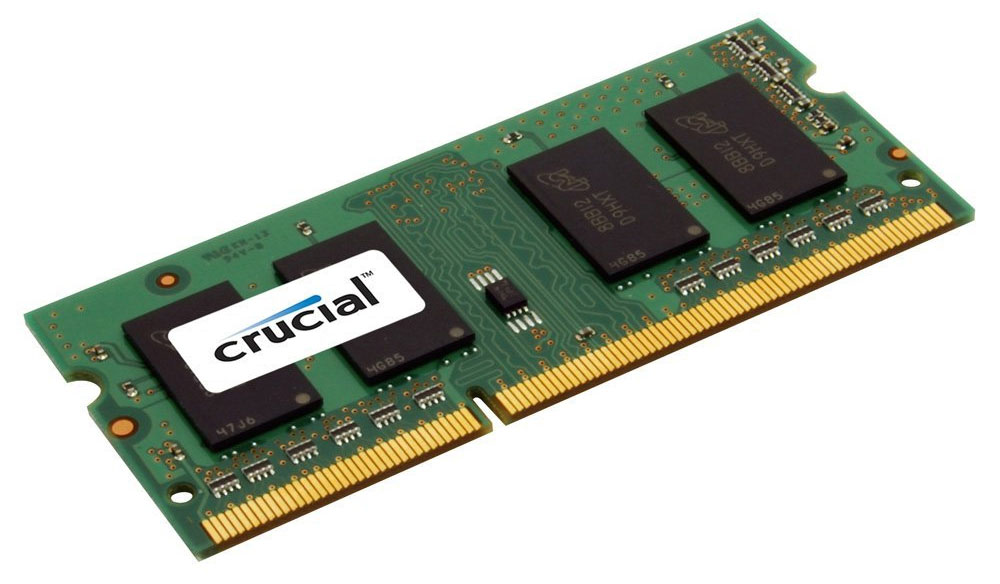

Just this month, RAM makers G.Skill showed off a whole new brand of crazy with their 128GB DDR4 configuration, complete with four individual 32GB sticks each clocked to 3000Mhz, while the 8GB G.Skill TridentZ series is already being sold on shelves at 4266Mhz. Every time it looks like it’s gotten as fast as it can go, someone else one ups the rest of the competition and sets the new standard in extreme performance. 800Mhz and 1066Mhz configurations do technically still exist, but for the most part these have been phased out of production in favor of their faster cousins.ĭDR4, on the other hand, doesn’t seem to have any kind of ceiling on its clock speed so far, at least not one manufacturers have been able to reach. The main notable improvements that DDR4 makes over its predecessor, DDR3, are a greater range of available clock speeds and timings, lower power consumption, and reduced latency. With DDR3, the options for your clock speed (i.e., how fast the RAM can read or write data) are primarily geared to one of four different choices: 1333Mhz, 1600Mhz, 1866Mhz, and 2133Mhz, with 2133Mhz being the maximum limit. RELATED: Does Memory Become Slower if Increased in Size? Right now, there are three main types of RAM you can buy for a consumer-grade custom PC: DDR3, DDR3L, and DDR4.


 0 kommentar(er)
0 kommentar(er)
